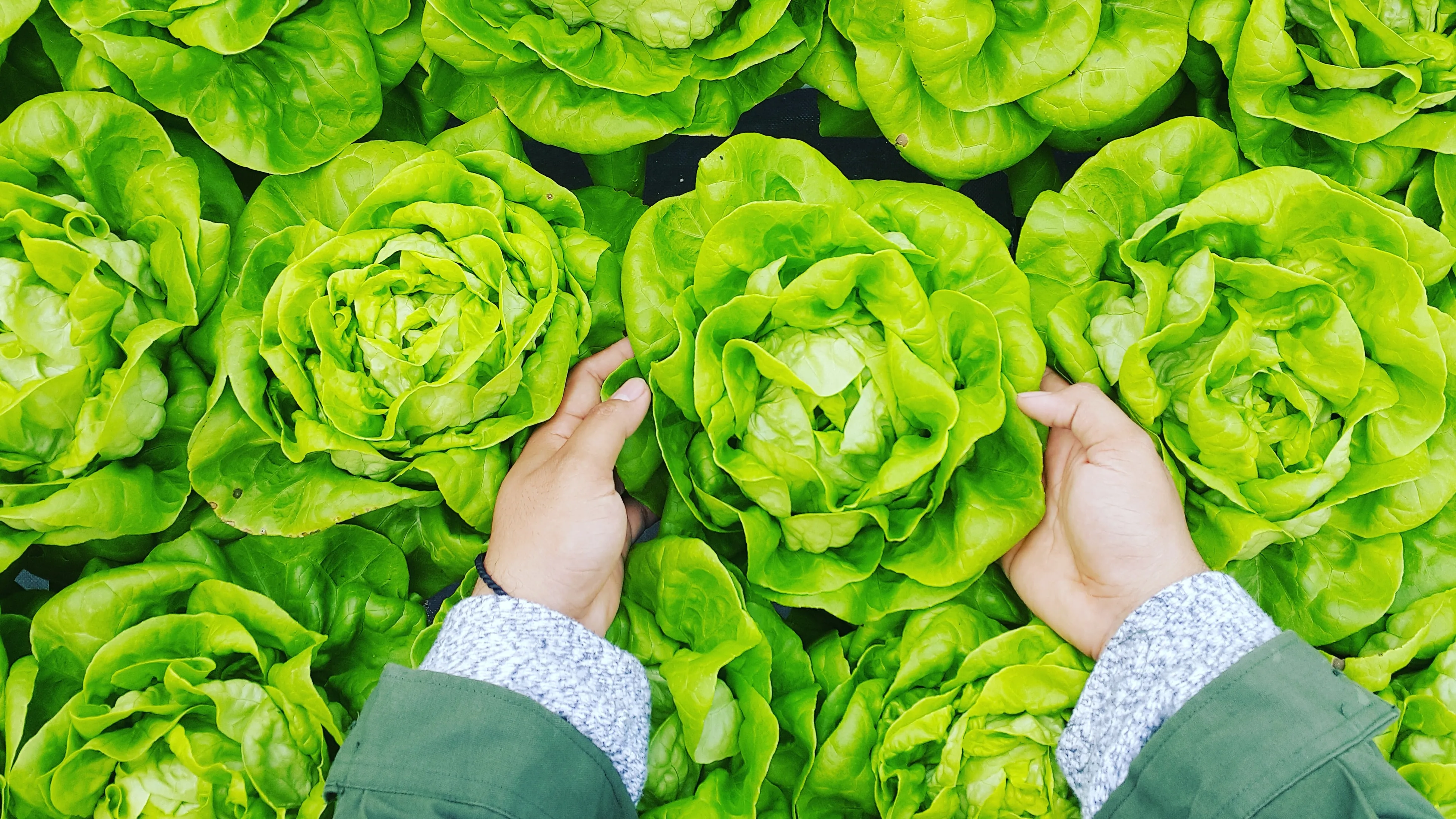Calculating ROI: A Guide for Farmland Investors
Maximize your farmland investment with our comprehensive guide on calculating ROI. Tailored for prospective investors in Bangalore and beyond, this blog post offers in-depth insights into the factors influencing the return on investment in farmland. Learn from Vriksha Farms' expertise to make informed decisions, understand market trends, and navigate the financial aspects of agricultural investments. Start your journey towards a profitable and sustainable investment in farmland today."

Introduction
In the realm of investment, farmland presents a unique blend of sustainability and profitability. As Vriksha Farms exemplifies, investing in farmland is not just about financial returns; it's about nurturing the land for future generations while reaping tangible benefits. This blog post delves into the nuances of calculating the Return on Investment (ROI) for farmland, an essential aspect for anyone considering this path.
Understanding ROI in Farmland Investment
ROI in farmland investment is more than just a number. It's a reflection of the land's productivity, sustainability, and its potential to appreciate over time. Unlike stocks or bonds, farmland ROI encompasses various factors:
- Land Appreciation: Farmland typically appreciates over time, contributing significantly to ROI.
- Crop Yield: The income generated from the produce.
- Sustainability Measures: Implementing sustainable practices can enhance land value.
- Tax Benefits and Incentives: These can improve overall returns.
Calculating Farmland ROI
Calculating ROI involves several steps:
- Initial Investment: This includes the purchase price, any improvements made, and initial operational costs.
- Annual Returns: Calculate the yearly income from crop sales, leases, or other revenue streams.
- Operational Costs: Deduct yearly expenses like maintenance, labor, and supplies.
- Land Appreciation: Estimate the annual appreciation rate of the land.
The formula for ROI is: ROI=(Total Return−Initial InvestmentInitial Investment)×100ROI=(Initial InvestmentTotal Return−Initial Investment)×100
Factors Influencing ROI
Several factors can affect farmland ROI:
- Location: Proximity to markets and transportation can impact land value and productivity.
- Soil Quality and Water Access: These determine the type and quantity of crops that can be grown.
- Market Trends: Crop prices can fluctuate based on demand and global trends.
- Sustainability Practices: These can reduce costs and improve land value over time.
Enhancing Farmland ROI
Investors can take several steps to maximize ROI:
- Diversification: Growing a variety of crops or leasing parts of the land can spread risk.
- Sustainable Practices: Implementing organic farming or renewable energy sources can reduce costs and attract premium markets.
- Technological Advancements: Using modern farming techniques can increase efficiency and yield.
Long-Term Perspective
Farmland investment is typically a long-term strategy. Land appreciation can take years, and sustainable farming practices often yield benefits over extended periods.
Conclusion
Calculating and enhancing the ROI of farmland investment requires a comprehensive approach that balances immediate returns with long-term sustainability. By understanding and applying these principles, investors can make informed decisions that yield both financial and environmental rewards.
Call to Action
At Vriksha Farms, we offer managed farmland plots that epitomize sustainable and profitable farming. To explore investment opportunities and learn more about how you can achieve a meaningful ROI with our farmland, contact us today.
